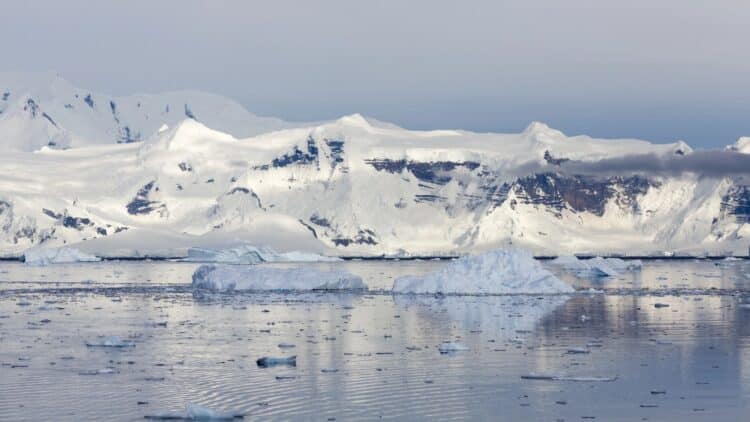In an exciting development for climate science, researchers have extracted an Arctic ice core containing an astonishing 1.2 million years of Earth’s climate history. The discovery, reported by the British Antarctic Survey (BAS) among other scientific organizations, represents new milestones in the study of ice sheets, the long-term climate cycles, and the natural variability of greenhouse gas. Drilled from the remote Dome C site in East Antarctica, the ice core is the oldest ice to ever be discovered.
Scientists gain the ability to assess the past atmosphere
The development gives scientists the ability to assess the past atmosphere of CO2 and methane, temperatures, and the Earth’s climate during glacial and interglacial epochs.
The new data is expected to improve the productive capacity of climate models and the climate policy frameworks on sustainability and global warming.
The project is part of the European-funded Beyond EPICA – Oldest Ice Project, which started in 2019 and aimed to obtain ice that is older than the previous benchmark of 800,000 years.
For the past 4 years, the researchers have been working on logistical planning, drilling, and analytical work to reach the ice layers that are 1.2 million years old, an epoch in Earth’s history when the climate was governed by different orbital configurations and greenhouse gas levels.
Ice making history – how has the science evolved?
Dr. Carlo Barbante, Director of the institute of Polar Sciences and coordinator of the Beyond EPICA project, stated:
“This is a historic moment for climate science. We have data to understand how climate and atmospheric gases evolved during a particular time in the history of the Earth.”
Specialized equipment was used to extract the 2,700 meters of ice core. Each core of ice is composed of layers, and each layer of ice is made up of air bubbles that freeze in the ice. This allows scientists to reconstruct Earth’s climate history.
The Mid Pleistocene Transition, 900,000 to 1.2 million years ago, is understood. Moving from ice ages that occurred every 40,000 years to 100,000 years.
The new ice core holds data that may inform the science of the transition.
The British Antarctic Survey explains why understanding these processes is important
The British Antarctic Survey explains that understanding these processes helps in predicting the interactions of the climate system with current anthropogenic emissions.
Dr. Robert Mulvaney at BAS says:
“This ice core will allow us to test hypotheses about the role of C02 in climate research. It’s like opening a time capsule that tells us how the planet responded to natural changes long before human influence.”
The Beyond EPICA Project shows how well countries can work together on climate research. This project was funded by the European Union’s Horizon 2020 program and coordinated by the Italian National Research Council.
The ice core will now be transported to Europe, where specialized research will be conducted.
The researchers will provide a narrative of the climate history through a series of gas and substance, concentration, coupling, and isotopic composition analysis.
The findings will advance the understanding of climate change
As the world continues to warm and we experience climate change impacts such as heat waves and disasters, the historical climate data in the Antarctic ice core may assist in sharpening future projections and mitigation planning.
The Antarctic ice core shows climate change historians and attendees of the climate conference that climate change is not a new phenomenon.
Hopefully, the new and improved climate records will outline the limits of Earth’s resilience and how far we can go before the consequences are truly devastating. The 1.2 million-year-old ice core may help in lessons, warnings, and even future preparations, and it may also record all of our major future climate changes.


